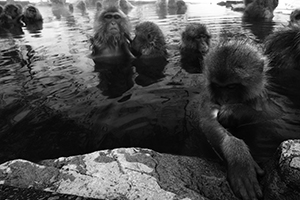 With crisp clear skies, the heartiest, and arguably the most delicious cuisine of the year, and of course the oncoming of snow which induces many a traveler to veer off the standard Tokyo and Kyoto route, it’s time to venture into the countryside in search of the best ski resorts in Asia.
With crisp clear skies, the heartiest, and arguably the most delicious cuisine of the year, and of course the oncoming of snow which induces many a traveler to veer off the standard Tokyo and Kyoto route, it’s time to venture into the countryside in search of the best ski resorts in Asia.
In fact, Japan is one of the world’s top contenders for idyllic snow conditions, being an archipelago with 80 percent mountains, there are a mind boggling 500-plus ski resorts, many of which are easily accessible from Tokyo. Although Nagano and Hokkaido are the most lauded resorts drawing in thousands of overseas tourists a year, the lesser known areas of Niigata and Fukushima are of international standard with consistent and fantastic snow conditions.
One of the de rigeur ways to end a day in the snow in Japan is to soak off in a hot spring, unwinding those muscles in the mineral rich onsen waters and feasting on a massive ryokan style meal before hitting the futon. In fact, for most snow enthusiasts, it is almost hard to imagine engaging in snow sports in Japan without ending the day defrosting with a cup of hot sake.
The easiest to access resorts are Niigata and Gunma, which can be visited as a day trip from Tokyo, and weekend packages from your local travel agent which usually includes transport, hotels/ryokans, lift passes and rental makes everything fairly idiot-proof.
Hokkaido
Hokkaido has a number of major ski areas, including the world famous Niseko, Furano and Annapuri resort, which is the most fawned over ski resort of Japan—with good reason. The quality of snow is stellar, the runs are long and numerous. The region itself is breathtaking, and the views you will get from the top of Mt. Niseko of the dormant volcano Mt. Yotei are breathtaking. There are a total of 57 runs across 4 ski areas, with good back country, and numerous parks with half pipes and the like.
Niseko, the largest resort in Hokkaido, is particularly known for its uncompacted powder snow, a dry fluffy variety of snow that feels almost weightless. The consistency is velvety and leaving fresh tracks as you go down the mountain is a sublime experience with over 15 meters of powder falling in Niseko annually. Powder snow allows the boarder or skier to glide through the snow, as if sliding on smooth butter, and the flakes themselves are huge, you can even see the six crystalline points as they fall on your snow gear. The experience is great for beginners who often fall over into what feels like a mattress of feathers.
It is the area that most non-Japanese snow bunnies prefer to visit, and is accordingly inundated with English-speaking tourists, and services catering to them, as well as a plethora of major chain hotels. Hokkaido has an abundance of onsen ryokans, and almost all the hotels, from the standard to the major, have an outdoor onsen bath.
Aside from the snow, Hokkaido is most frequented because of it’s Snow Festival in February. The entirety of Sapporo turns into a museum of ice sculptures as the major roads become lined with huge effigies, more often than not, it seems, of Pikachu and friends. Two million visitors flock to Sapporo to see the construction of these effigies, and the town is filled with street vendors and “icebar” style temporary drinkeries. The area is also famed for its local produce (in particular fresh sea food) with famous dishes such as the seasonal hairy crab, and uni bowls (bowls of rice topped with piles of uni morsels) and a special style of thick miso ramen.
Nagano
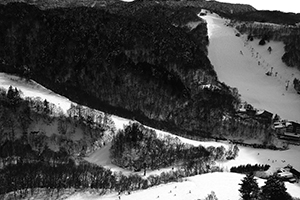 Nagano is the another contender for best ski area in Japan and, despite being one of the premier resorts in Japan, the runs can get unbelievably quiet during the week—it is sometimes possible to board a lift without lining up! The Shigakogen area that hosted the Winter Olympics of 1998 is impressive in its immensity. This resort offers 21 fields, and 70 lifts, making it the largest in Japan. In fact, getting from one side to the other takes a full day of traversing and sliding. Incidentally, the times I have been, the snow consistency has been better than Hokkaido. Given that it is less than 3 hours from Tokyo, this point makes for an appealing option for those who don’t have the luxury of taking the 5 days off work that would make a sojourn up to Hokkaido feasible in terms of time, and expense.
Nagano is the another contender for best ski area in Japan and, despite being one of the premier resorts in Japan, the runs can get unbelievably quiet during the week—it is sometimes possible to board a lift without lining up! The Shigakogen area that hosted the Winter Olympics of 1998 is impressive in its immensity. This resort offers 21 fields, and 70 lifts, making it the largest in Japan. In fact, getting from one side to the other takes a full day of traversing and sliding. Incidentally, the times I have been, the snow consistency has been better than Hokkaido. Given that it is less than 3 hours from Tokyo, this point makes for an appealing option for those who don’t have the luxury of taking the 5 days off work that would make a sojourn up to Hokkaido feasible in terms of time, and expense.
The other major resort in Nagano is Hakuba, which is made up of the Hakuba Goryu and the Hakuba 47 resort areas, both of which offer excellent skiing and boarding, and are particularly frequented by teleskiers. Nozawa, a well loved snow resort, is also famous for its hot springs, many of which are public, housed in old cedar buildings that dot the town, and are free of charge. Downtown Nozawa is preserved beautifully. Relatively uncommercialized, the area retains an old world charm, without the standard tourist kitsch of most Japanese tourist traps. The Nozawa Dosojin Fire Festival in mid-January is one of the highlights of the area, as locals let off fireworks, burn a massive shrine, and walk around offering sake to onlookers (with bottles around their neck, St. Bernard style), all to the primordial beat of a taiko drum.
Nagano is also home of the ubiquitously photographed snow monkey site of Jigokudani, where multitudes of wild Macau monkeys seemingly enjoy soaking in the hot springs, bringing their entire families for a bath. Their faces are uncannily human as they sit in the hot waters with an “aaah” expression on their faces.
Niigata
Niigata is one of the most mountainous prefectures of Japan and receives about 30 feet of snow a year. It is fairly quiet, the runs link up well, making the area huge, and it is easy to get to. Naeba, one of Niigata’s most popular areas, is the location for the Fuji Rock concerts in the summer and offers modern facilities, and good skiing. This is an accessible resort, with long runs, although its proximity to Tokyo makes it rather crowded during peak season.
Niigata also has the best rice, and some of the best sake in Japan, both made from the water of melted snow. The Uonuma Koshihikari rice made in Niigata is often the only rice that top tier sushi restaurants will use, and similarly many of the top ranking premium sake selections, such as Kubota hail from Niigata, as sake production is particularly sensitive to impure water.
Yamagata
Zao is one of Japan’s best kept secrets. This resort offers consistent snow, and breathtaking scenery. It is a well photographed area, and loved by the Japanese for its “snow monsters.” The trees that line the runs become covered and almost sculpted in a way that makes them look like contorted icy zombies. Close to the exquisite Yamagata onsen resort, Zao is slightly less crowded, has excellent snow and long runs, although it isn’t nearly as large as Hokkaido and Nagano.
Other Areas To Consider
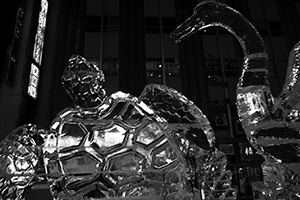 Other major resorts include the easily accessible Fukushima, which has fantastic snow conditions, and is made up of 6 resorts, including the main Alts Bandai, and Snow Paradise Inwashiro which both have gorgeous views of the Inwashiro Lake. It is an easy 2.5 hour Shinkansen ride from Tokyo, and while it is comparatively smaller, it is perhaps perfect for a weekend, and is a great option for the family, as there are a number of beginner slopes, through to advanced. The snow is consistently excellent, and the area has fantastic sake to take home as a souvenir. Gifu, and Gunma are also both close to Tokyo with a plenty of resorts in the area, in fact, almost all the mountainous, Northern prefectures of Japan have some ski resort of some description, and it is rare to find one that doesn’t offer something of interest to the snow enthusiast.
Other major resorts include the easily accessible Fukushima, which has fantastic snow conditions, and is made up of 6 resorts, including the main Alts Bandai, and Snow Paradise Inwashiro which both have gorgeous views of the Inwashiro Lake. It is an easy 2.5 hour Shinkansen ride from Tokyo, and while it is comparatively smaller, it is perhaps perfect for a weekend, and is a great option for the family, as there are a number of beginner slopes, through to advanced. The snow is consistently excellent, and the area has fantastic sake to take home as a souvenir. Gifu, and Gunma are also both close to Tokyo with a plenty of resorts in the area, in fact, almost all the mountainous, Northern prefectures of Japan have some ski resort of some description, and it is rare to find one that doesn’t offer something of interest to the snow enthusiast.
Other Winter Activities
For those nostalgic for the romantic, and family friendly Central Park skating experience of New York City, there are a few outdoor skating rinks, although skating indoors seems to be the standard practice in Japan.
Being an easy day trip activity, the closest rinks to Tokyo are the Seibu Amusement Park in Saitama, the Yokohama Kodomon no Kuni Kyojai Ice Skate Rink, and the Funabashi Shimin Skate Rink in Chiba, all of which are open from approximately mid-December to the end of February.
Other winter activities include ice-fishing, (cutting a hole open on a frozen lake, dropping a line, and getting drunk on sake while waiting for fish to bite), and snowmobile rides, both of which are heavily catered to tourists in Hokkaido. For the particularly brave there is ice diving, the sport of cutting several exit and entry points into thick ice, and diving underneath the surface for an average of fifteen minutes or less. While for most people, scuba diving is something done in the tropics surrounded by rainbow colored fish, for others, diving into the surreal icy depths underneath bobbing icebergs is the ultimate in Zen experiences.
Getting kitted up
As Kanda is the book shoppers paradise, Kappbashi the district for plastic food, and Akihabara the suburb for techno geekery, Jimbocho is the Mecca for shops that sell everything having to do with enjoying the snow.
Japan is a place fixated on the latest products, so snow gear generally becomes redundant after a year, and these “obsolete” items will then go on sale, making Tokyo one of the cheapest places to get brand name skis, snowboards, gear, and clothing for pauper’s prices (if you don’t mind the fact that it may be last year’s model). Huge warehouse events in convention halls that host blow out sales of snow-related products are probably the best place to get kitted up for cheap, and it is possible to get a one year-old Burton snowboard for 20,000 yen, and brand-name boots for just ¥5,000. So get out there and have fun!
Story by Manami Okazaki
From J SELECT Magazine, Feburary 2009

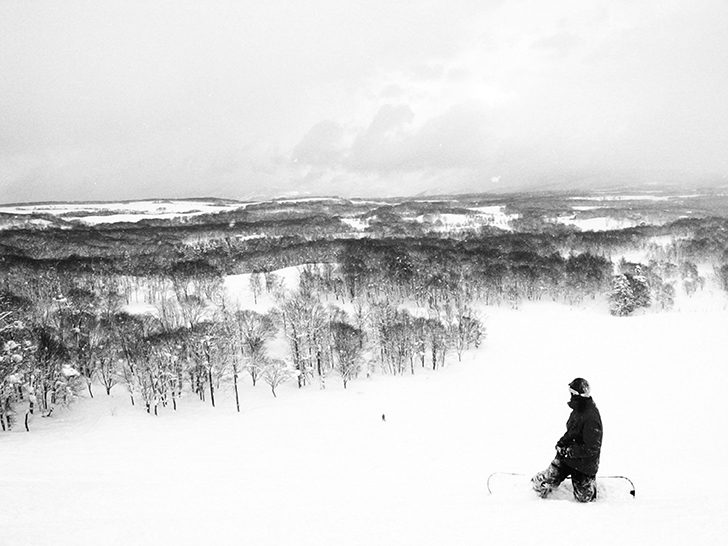


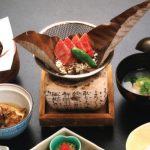
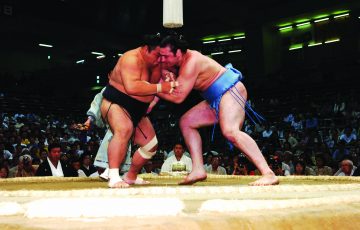
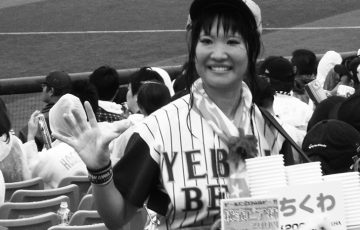
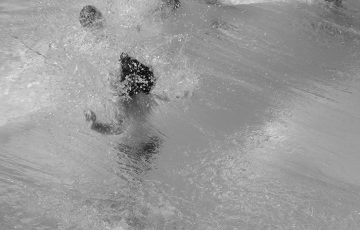
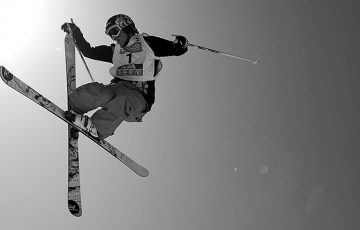
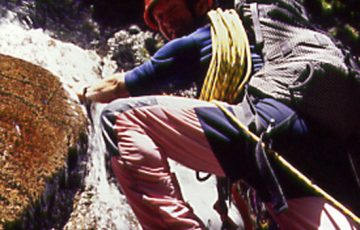
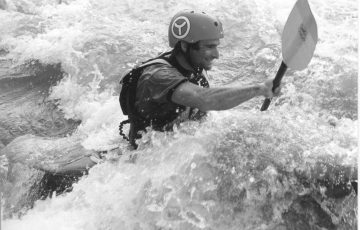
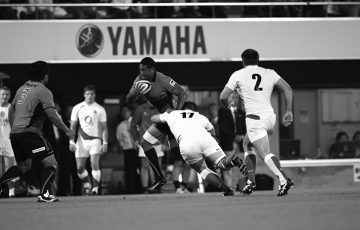
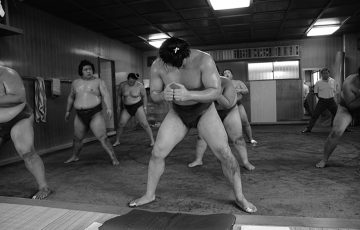


Recent Comments